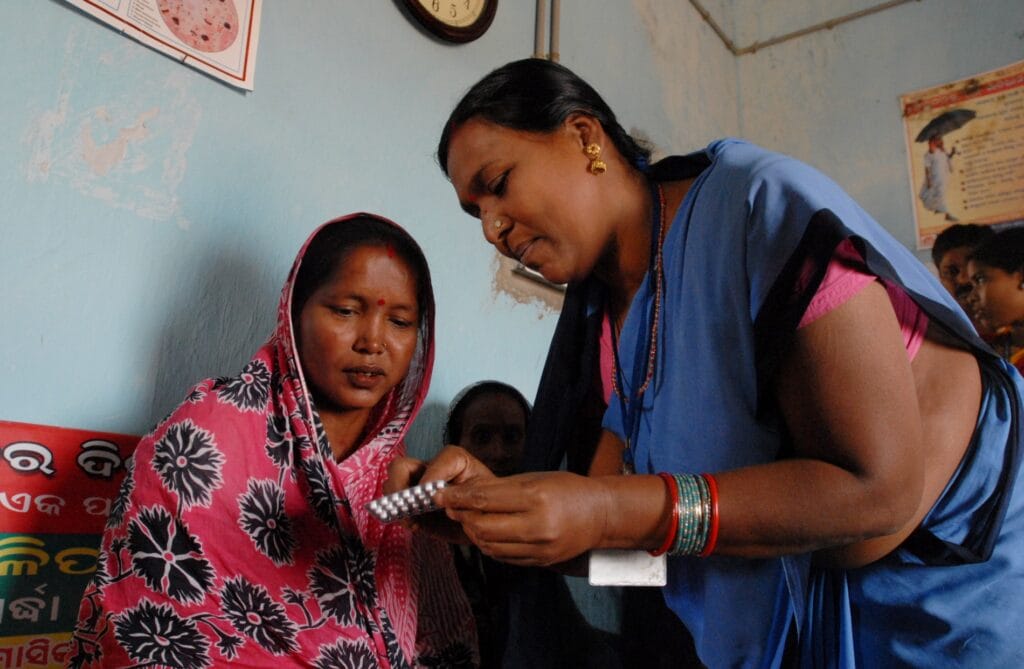The past five years have seen public health crises, not only locally but globally. Considering this, it is only fair to expect that budgetary allocations for public health would be made more robust. But an analysis shows that the allocation of funds for public health has dropped, though the number of people seeking medical care from the public healthcare system has increased. Experts have pointed out that the public health budget for 2024-2025 is less than that for 2023-2024.
Jan Arogya Abhiyan, a group of NGOs and healthcare professionals has released a health report card assessing the performance of the Maharashtra government ahead of the assembly elections. They have rated the government’s performance as unsatisfactory giving them a total score of 23 out of 100.
The report finds major gaps in the public healthcare system, and that improvements to the public health services are insufficient. It says the state government has failed to protect patients by not regulating private hospitals.
Jan Arogya Abhiyan has further released a people’s health manifesto for Maharashtra which recommends a series of reforms and has made an appeal to political parties to pledge to improve public healthcare in the state.
Read more: Walkability and affordable transit ignored as elections focus on big projects in Mumbai
Maharashtra’s health report card
The rubric for the report card is based on ten key areas and performance indicators therein, each of which has been allotted ten points.
- Insufficient public health budget: Of the total budget only 4.2 % has been set aside for health services, putting the state second from last in the country. Per capita spending is also low and thus here the state has been given 3 out of 10.
- Staff shortage and contractual employment: Although the government has taken positive steps by making permanent appointments of doctors and nurses, the problem of contractual labour leaves the staff overworked, with serious implications for the quality of care offered. On this point the state has scored 3.5 on 10.
- Improvement in medical college hospitals and secondary hospitals following Nanded hospital incident: After a number of deaths occurred at Nanded, Aurangabad, and Nagpur medical college hospitals in October 2023, the state had assured of a budgetary expansion, but the salaries of staff have barely been increased and there is no increase in budget for medicines in these hospitals. 61% of posts in rural hospitals remain vacant. The state has been given a score of 3 out of 10.
- Major weaknesses in urban health services, Aapla dawakhana clinics have limited reach: Despite Maharashtra having the highest population among the states there is a commensurate lack of beds in public hospitals. Moreover, only 2 % of the allotted budget was spent on urban health and wellness centres with Aapala Dawakhana able to cater to only 10% of outpatients. Here the state has scored particularly poorly at 2.5 on 10.
- Faltering system for medicine supply: Of the total allocated budget for procurement of supplies for the current financial year, only 6% has been utilised and the budget for the state level medicine procurement authority has also been reduced from the previous year. On this parameter, the state scores 2 on 5.
- Continued privatisation, failure to regulate private hospitals
- Need to minimise privatisation of public health services: Privatisation of public health assets continues with state-wide ambulance services, valued at Rs. 8000 crore outsourced to private operators. Additionally, many district hospitals have been handed over to private entities under the PPP model. In this key area, the state has a dismal score of 0 on 5.
- Health insurance schemes: The MJPJAY has been expanded to cover families over the poverty line and as well as hospitals and procedures under the scheme. However, there is still high out-of-pocket spending and patients face procedural delays to get treated under the scheme. The score here is 3 out 5.
- Regulation of private hospitals and protection of patients’ rights: There is very poor implementation of the MNHRA rules-2021. For instance, few cities and districts have initiated patient grievance redressal cells. The state’s score on this account is 1 out 10.

- Neglect of women’s health and child nutrition, lack of social accountability
- Major gaps continue related to women’s health services: A survey has found 54% women in Maharashtra suffering from anaemia, but the state government has made no particular effort to address the issue. In adivasi areas, access to sonography machines is poor. The score is 3 out of 10.
- Inadequate resources and flawed approaches to reduce child nutrition: Maharashtra stands second in stunting figures, with higher levels of child malnutrition, but the budget for supplementary child nutrition programmes has been reduced. The state has a score of 2 out 10 on this parameter.
- Promoting social accountability, participation, transparency, need to prevent corruption: websites do not carry important information about health facilities, details of services, medicines and staff. There are many complaints about corruption in the public health system and social accountability is not encouraged. On the score the state has performed extremely poorly with 0 out 10.
The Jan Arogya Abhiyan has also brought out an accompanying manifesto for public health with points like initiating a Right to Health Act in Maharashtra, doubling public health funding and protection of patients’ rights.